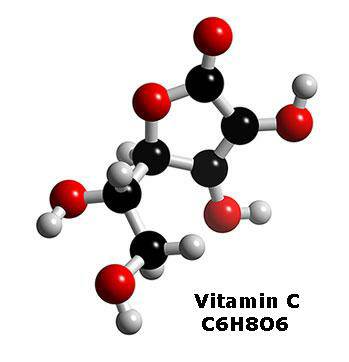A graph represents the relationship between two variables. The horizontal axis and the vertical axis each show the measurements for the two different variables.
This post will just illustrate the basic steps to making a decent scatter point graph.
Step 1: Type in your data. Highlight it with your courser so as all the data you want in your graph is selected.
Step 2: Go to the top of the page and look at the menu bar. In the section that lists the different types of graphs, there is an icon labeled scatter. Pull your courser over it and you should get a small window showing the options below.
After you select the format that you would like, then you will get a graph. The dots will not necessarily be in a straight line like what is shown below. The graph will represent the data that you entered.
Step 3: Now that you have a simple graph, you can add a trend line. If you right click a data point, this menu will come up. Then you select the trend line option.
Step 4: Now that you have gotten to this menu, you have quite a few options. First, you can choose the best tread line for your graph. If your line is straight, then linear would be best where as if it is curved, you would want to choose polynomial etc. At the bottom of this first menu, there is also a box. Beside it says display equation. If you check this box, you get a slope equation put on your graph. There is also several options on the side of the menu which you can adjust to make your graph more visually appealing.
Step 5: Your graph now has the absolute basics and maybe even is looking a little bit colorful. Its now time to change your tittle and add axis labels. To get to the menu that allows you to change the
. Step 6: Select the label chart button to change the tittle. The icon for adding axis labels is also located here.
You can also just click on the current tittle and change it to whatever you would like it to be
Step 7: Click the label axis icon and go down to the horizontal axis. From here you can add on. A text box will show up underneath your horizontal axis and you can change the label to what is fitting for the graph you are creating.
Step 8: Now that you have a horizontal axis label, go back and do the same thing except go to vertical axis. There are a few different options as to how you can format that (words turned to be written sideways, horizontal beside data, or words written vertically).
Once you have choosen this, you have a basic excel scattered point graph
 12 H @ 1g/mol = 12g/mol
12 H @ 1g/mol = 12g/mol

















